Scott bikes range: which model is right for you?
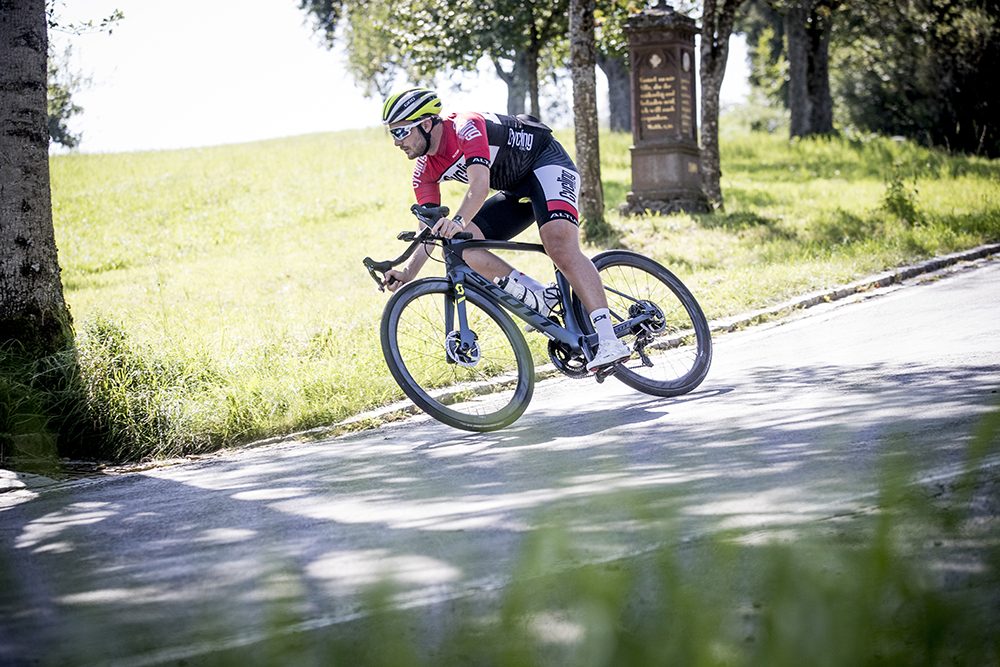
Tech Editor Symon Lewis testing out the new Scott Foil disc

Scott Sports SA - creator of the Scott bikes range - is one of few bike manufacturers to successfully create equipment used by athletes across a number of arenas. It specialises in winter sports, running and motor sport as well as bikes.
The journey began in 1958, when engineer and skier Ed Scott created the first tapered aluminium ski pole, replacing the bamboo and steel varieties used at the time.
The brand expanded and headed into Europe in 1978, creating a headquarters in Fribourg (Switzerland). It still resides in the same country, now inGivisiez.
Bikes soon followed, and Scott stamped its name in history books with the creation of the first aero handlebar in 1989 - an invention used by Greg LeMond on his way to hisTour de France win in the same year.
In 1995, it created the first carbon mountain bike, and come 2007 it boasted the lightest road bike available - the 790 gram Scott Addict frame, which tipped the scales at 5.9kg when built.
Moving with emerging trends, Scott collaborated with Bosch to engineer a range of stylish and user friendly E-bikes in 2011 and made further in-roads into mountain bike tech with the use of the 27.5" wheelin 2012.
Below we take a look at the range of bikes from Scott. With each product is a ‘Buy Now’ or ‘Best Deal’ link. If you click on this then we may receive a small amount of money from the retailer when you purchase the item. This doesn’t affect the amount you pay.
Useful links for road bike shoppers…
| Brands/topics | Model overviews and reviews |
| BMC bikes | BMC bike reviews |
| Boardman | Boardman bike reviews |
| Cannondale | Bike reviews,SuperSix Evo,CAAD12,Synapse |
| Canyon bikes | Canyon bike reviews |
| Carrera bikes | Carerra bike reviews |
| Cervelo bikes | Cervelo bike reviews |
| Cube bikes | Cube bike reviews |
| Focus bikes | Focus bike reviews |
| Genesis bikes | Genesis bike reviews |
| Giant bikes | Giant bike reviews,Giant Defy,Giant Propel,Giant TCR |
| Pinarello | Pinarello bike reviews |
| Raleigh bikes | Raleigh bike reviews |
| Ribble bikes | Ribble bike reviews |
| Scott bikes | Scott bike reviews |
| Specialized | Bike reviews,Allez,Tarmac,Diverge |
| Trek bikes | Bike reviews,Domane,Emonda,Madone |
| Price points | Bikes under £500,under £1000,under £1500,under £2000 |
| Road bike styles | Aero road bikes,Endurance road bikes,Women’s road bikes,Commuting bikes,Touring bikes,Singlespeed bikes,Track bikes,Time trial bikes |
| Other bike styles | Adventure and gravel bikes,Cyclocross bikes,Electric bikes,Hybrid bikes |
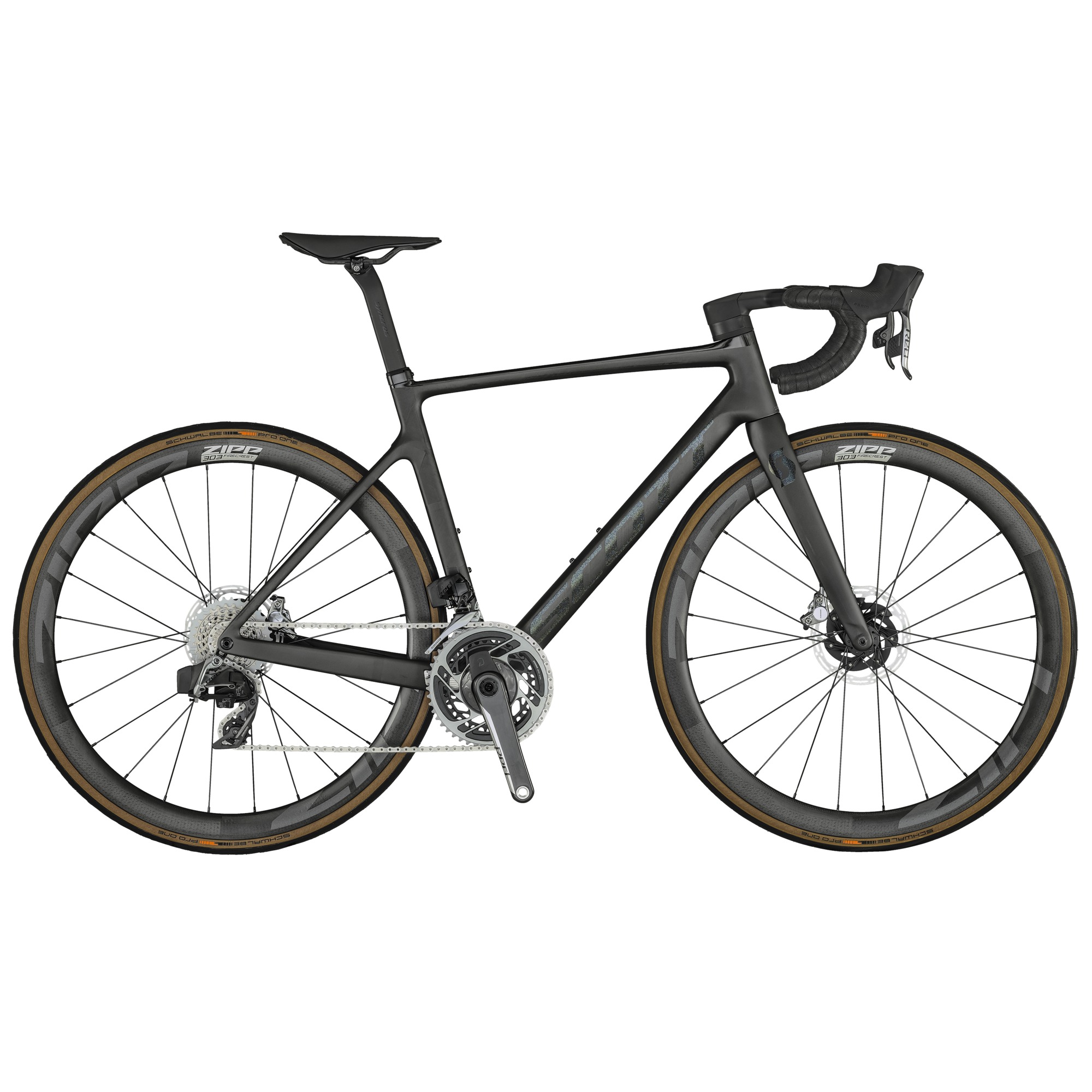
Reasons to buy
Reasons to avoid
The Scott Addict RC is the lightweight race bike, as favoured by the Yates twins at Mitchelton-Scott.
Across the range, only disc brakes are available - a common trend as brands move over to rotor stoppers.160mm front and rear rotors are used on all models, while the frame and fork have been developed to cater for the asymmetrical braking forces associated with disc brakes.
The bike is built for climbing. Our last test model (a 2018 build) in a size 54 tipped the scales at 6.63kg, when dressed in Shimano Dura Ace.
Higher end builds come with a greater sprinkling of carbon, with the wheels, handlebar and stem all eschewing alloy. However, even the lower end builds, with their metal handlebars, still completely integrate the cables at the front end, remaining out of sight until they pop out for the derailleurs and calipers.
When it comes to the measurements, Scott calls this its 'road race geometry'. The reach is long, the stack is low and the wheelbase is short to create a nimble ride and put the rider into an aerodynamic stance.
Scott uses an oversized bottom bracket, which provides a robust base for optimum power transfer. The unisex models start with Shimano 105, while the top end build is specced with SRAM Red eTap AXS.
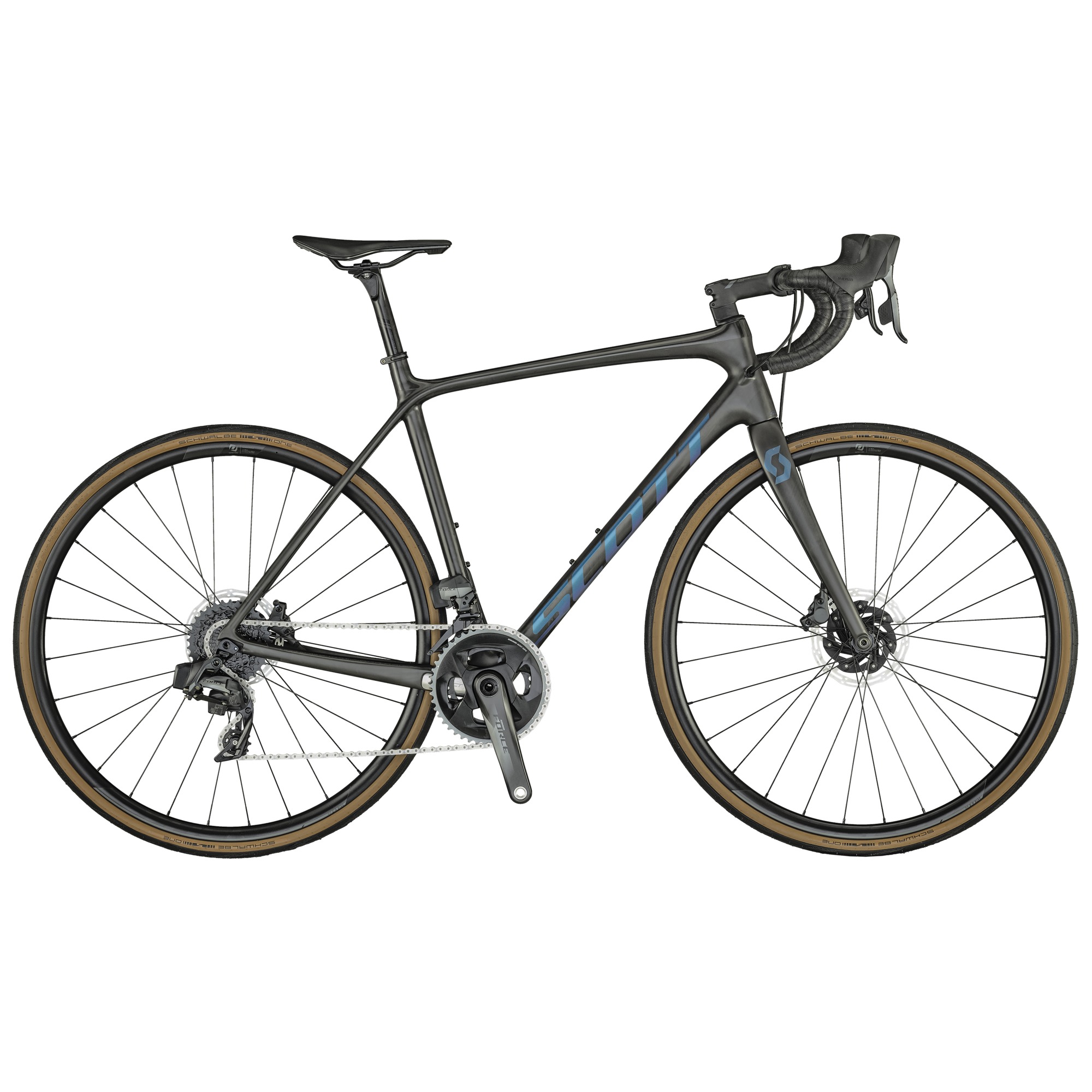
Reasons to buy
Reasons to avoid
Despite an incredibly similar name, there's a big distinction between the Scott Addict RC and the Scott Addict (non-RC). The Addict (non-RC) replaced the Scott Solace and Scott CR1 frames, the brand's previous endurance bikes.
Compared to the Scott Addict RC, the reach is shorter and stack is higher (8mm shorter in reach, and 23mm higher in a size 54) - creating a bike that's more comfortable for the distance rides it's designed to suit. The wheelbase and seat angle only differ slightly and head angle remains the same - keeping the handling nimble.
The oversized bottom bracket seen on the RC model remains, and the carbon used is Addict HMF, which is slightly heavier than the HMX of the RC models.
The line-up contains one solitary rim brake model and the rest are disc. The bottom rung is specced with Shimano Tiagra, while the top of the range gets SRAM Force AXS. All bikes in the Addict range are carbon.
There's also a range of Scott Addict Gravel models, with Shimano GRX gravel ready groupsets and clearance for 35c Schwalbe G-ONE Allround tyres.
Both the gravel and endurance models are available in a ‘Contessa’ configuration, which includes female specific contact points and alternate colourways.

Reasons to buy
Reasons to avoid
The Scott Foil is the brand's aero road bike. Conveniently, it shares its geometry with the Scott Addict RC - but the key alterations are in the use of an integrated seat clamp and stem as well as slippery tube profiles.
The model is heralded as an 'all-rounder' aero bike, which can boast wins at Grand Tour stages as well as the Classics. The 2019 Scott Foil Disc 10 made it into our prestigious Editor's Choice awards.
The Scott Foil uses a patented profile which has a transitional radium on the trailing edge to reduce drag - this was designed using CDF testing and wind tunnel assessed. The top end ‘Pro’ version boasts fully carbon Syncros finishing kit, an HMX carbon frame.
Since the seat tube, head tube and fork are all pivotal when it comes to drag, when Scott added disc brakes it wanted to reduce any negative effect. It did this by widening the fork, so that the disc calliper is hidden behind it, claiming any effect was negated.
Whilst the Scott Foil is very much an aero road bike, comfort hasn't been forgotten. The oversized BB and bulky fork provide plenty of stiffness, but a slender head tube and seat tube, plus dropped seat stays, provide small amounts of flex to promise comfort and compliance.
The Scott Foil Pro comes with a claimed weight of 7.4kg - and the built weight for our size 56 Shimano Ultegra Di2 disc test model was 7.95kg.
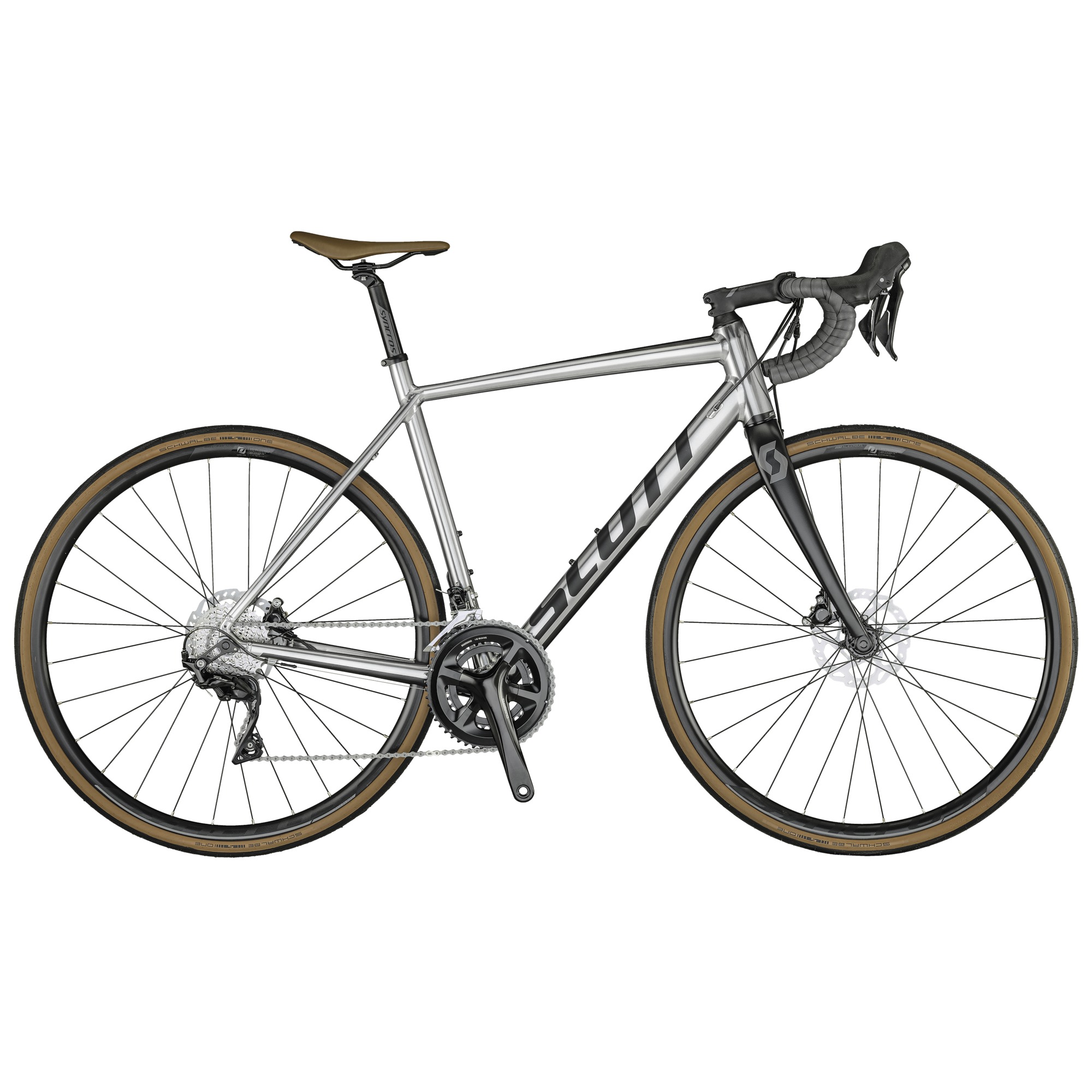
Reasons to buy
Reasons to avoid
With endurance geometry which matches the Addict, the Speedster is a comfortable - but efficient - aluminium road bike with an entry level price tag.
For those who want to get off the beaten track, there are Scott Speedster Gravel versions with Shimano GRX groupsets plus 35c Schwalbe G-One All Round tyres.
The stack, reach, wheelbase plus head and seat tube angles for the Scott Speedster and Scott Speedster Gravel bikes match that of the Addict bikes. This endurance geometry is designed to offer a comfortable stance that will suit those planning longer days out on the likes of club runs or sportives, as well as commutes.
The Scott Speedster range features both rims brakes and discs, whereas it’s disc brake only with the Scott Speedster Gravel. Contessa versions, with female specific contact points, are available for both the gravel and endurance bikes.
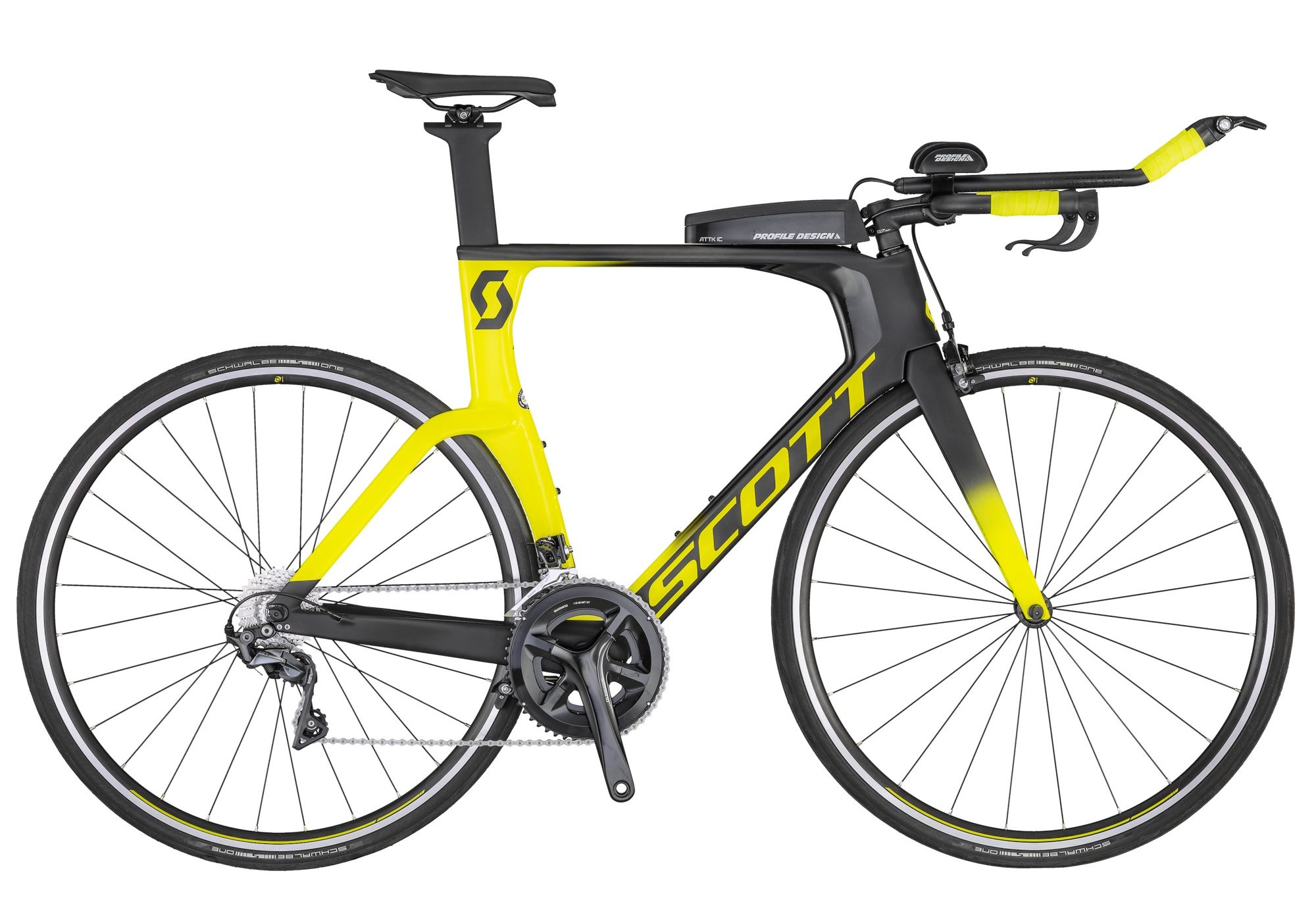
Scott Plasma
The Scott Plasma range includes two models: the Plasma 5 (available as a frameset only, £4199) and Plasma 10 RC.
The higher end Plasma 5 model boasts the brands'F01-X230 parametric airfoil' technology. In simple terms, this just means that Scott has analysed the way that airflow reacts to the characteristics of specific aero zones, and adjusted the surface accordingly to create the fastest version possible.
There are two stem options: one optimised for time trials and catering for triathletes, and a +45mm option suited for those who want a higher front end but who can't hold a flat back in the aero tuck or are tackling longer distances. There's storage boxes for long distance riders,
>>> Best time trial and triathlon bikes
The Scott Plasma 10 uses HMF carbon, as opposed to the lightest HMX used on the RC. It also comes with a standard stem, though this will make adjustments slightly easier for some. The rear brake is hidden, whilst the front is slightly more in the wind.
The wheels are Syncros Race 23s, which most people looking to cut resistance will want to swap out. With a Shimano 105/Ultegra groupset, this comes in at £2999.
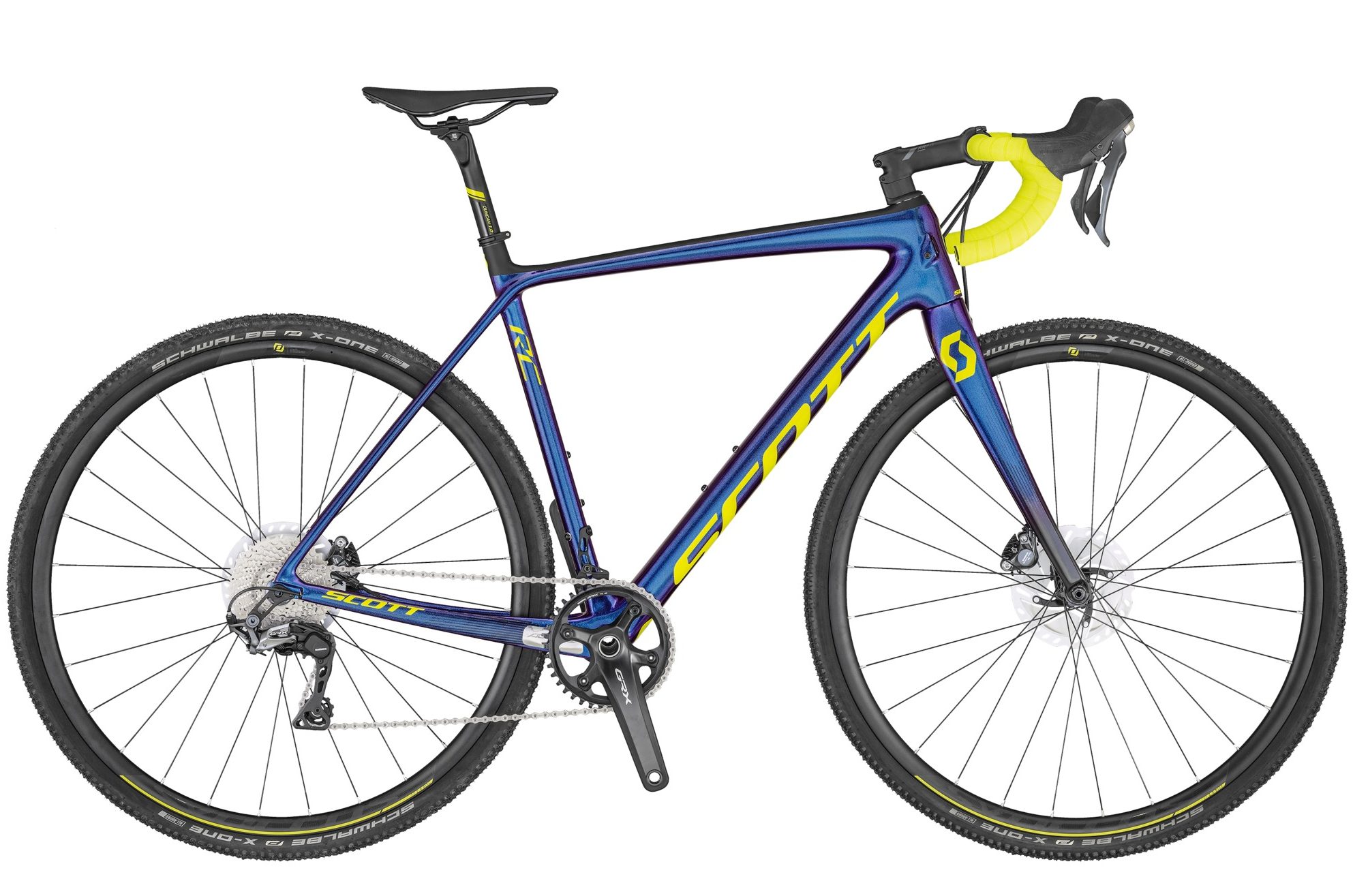
Scott Addict RC CX
With genuine pedigree in the mountain bike world, Scott wasn't going to neglect the road riders who like to explore the muddy side. The Addict platform is continued for trail use, all of the models featuring wide knobbly tyres and integrated cables which will keep the dirt out.
As well as the Speedster and Addict Gravel bikes mentioned above, there is the Scott Addict CX RC cyclocross bike.
>>>Paul Oldham’s modified, Three Peaks winning Scott Addict CX
It comes with a Shimano GRX RX810 groupset, including a 42 tooth single chainring and a wide spaced 11–34 cassette. The tyres it comes with are the 35c Schwalbe X-One CX Performance, so if you’re entering any UCI-sanctioned cyclocross races you’ll have to swap them out for something 33c or under to comply with their rules.
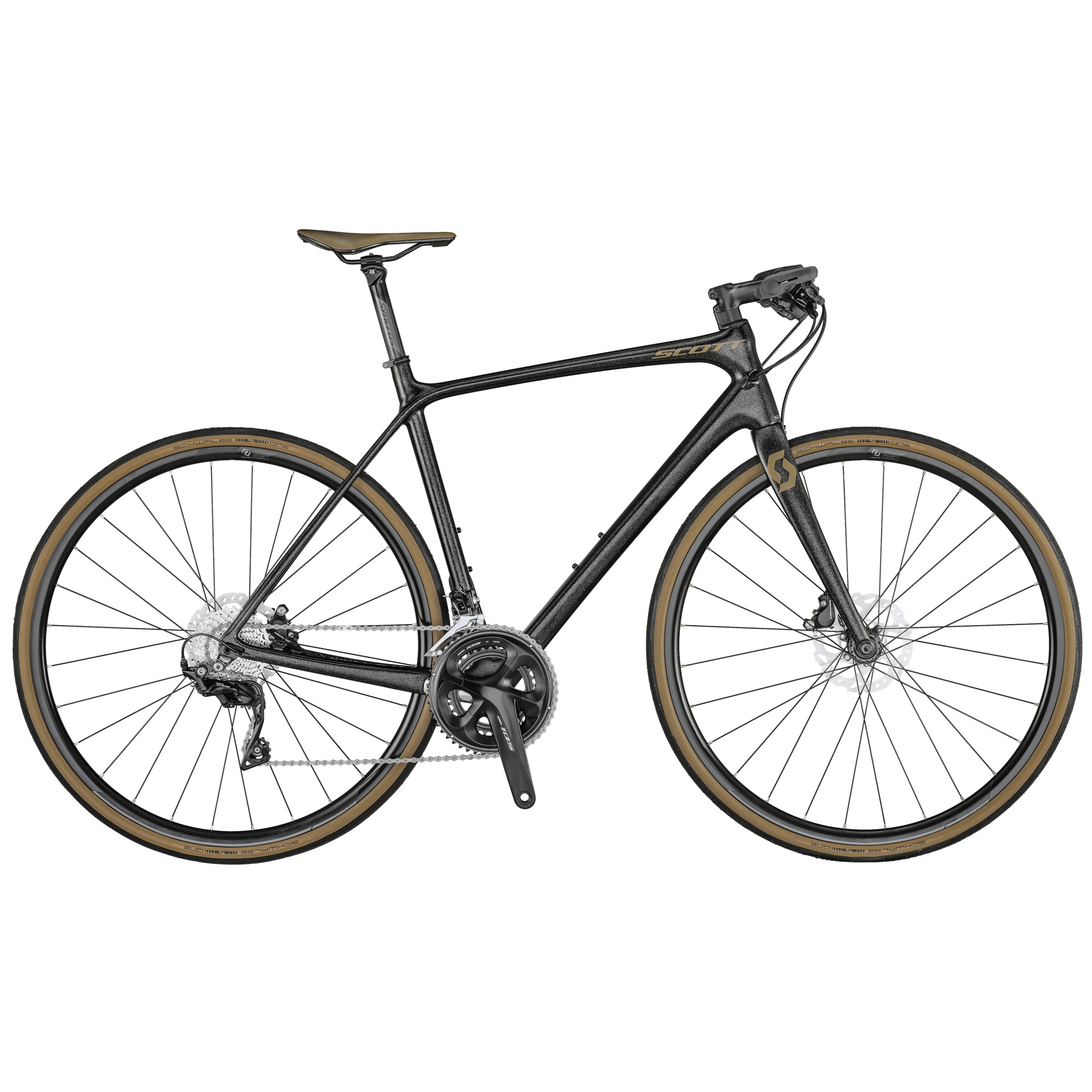
Scott Metrix
For those looking for a flat bar option which can handle anything from weekend rides to shopping commutes, there's the Metrix range.
A three model line up, these all have disc brakes to ensure easy stopping in all conditions, and wide Schwalbe One tyres ranging from 30c to 35c.
The entry level version is all alloy with built in mudguards. The next model up combines an alloy frame with a carbon fork to drop the weight and add comfort. A full carbon frame tops the range, and weighs in at a very impressive, claimed 8.6kg.

Thank you for reading 20 articles this month* Join now for unlimited access
Enjoy your first month for just £1 / $1 / €1
*Read 5 free articles per month without a subscription

Join now for unlimited access
Try first month for just £1 / $1 / €1
Get The Leadout Newsletter
The latest race content, interviews, features, reviews and expert buying guides, direct to your inbox!
Michelle Arthurs-Brennan the Editor of Cycling Weekly website. An NCTJ qualified traditional journalist by trade, Michelle began her career working for local newspapers. She's worked within the cycling industry since 2012, and joined the Cycling Weekly team in 2017, having previously been Editor at Total Women's Cycling. Prior to welcoming her first daughter in 2022, Michelle raced on the road, track, and in time trials, and still rides as much as she can - albeit a fair proportion indoors, for now.
Michelle is on maternity leave from April 2025 until spring 2026.
-
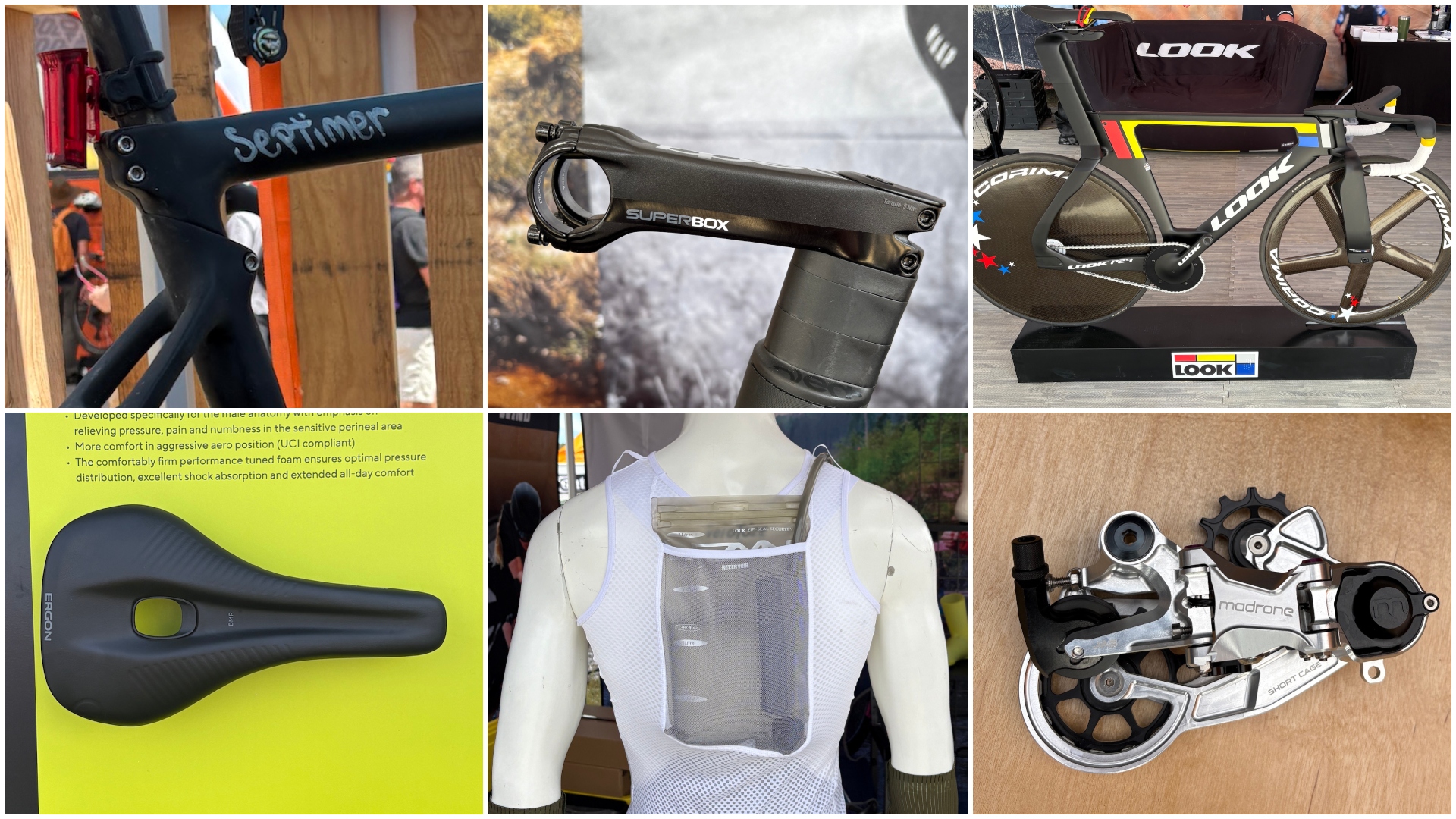 The Sea Otter Classic: sights and sounds from the biggest bike gathering in North America - Part 1
The Sea Otter Classic: sights and sounds from the biggest bike gathering in North America - Part 1Odds and ends that run the gamut, from a $13,000 frameset to armoured kit and new hydro-vests
By Tyler Boucher Published
-
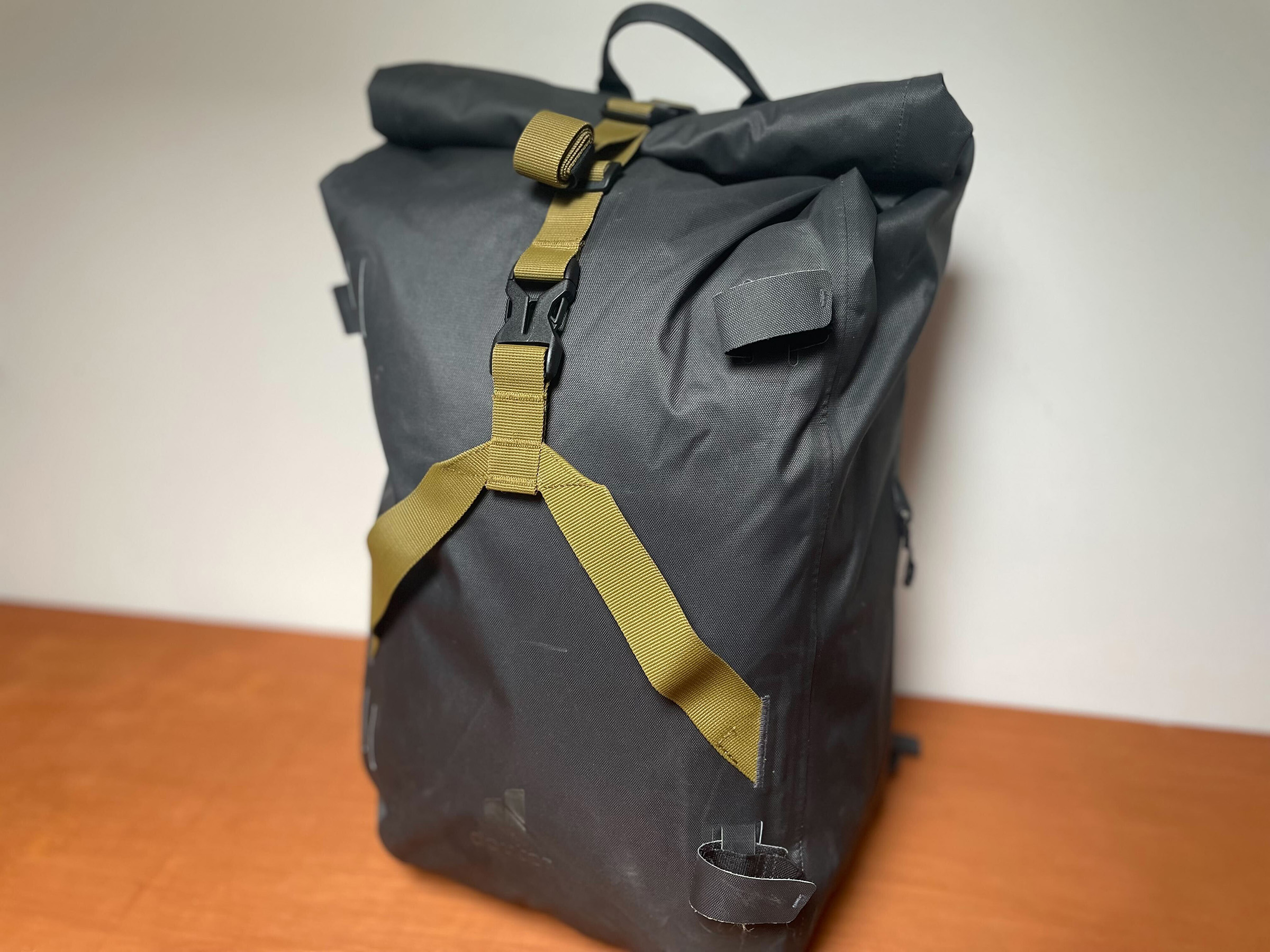 Deuter's 30ltr commuter backpack
Deuter's 30ltr commuter backpackA rolltop bag to fit a change of clothes and a sandwich. And keep them dry
By Simon Richardson Published